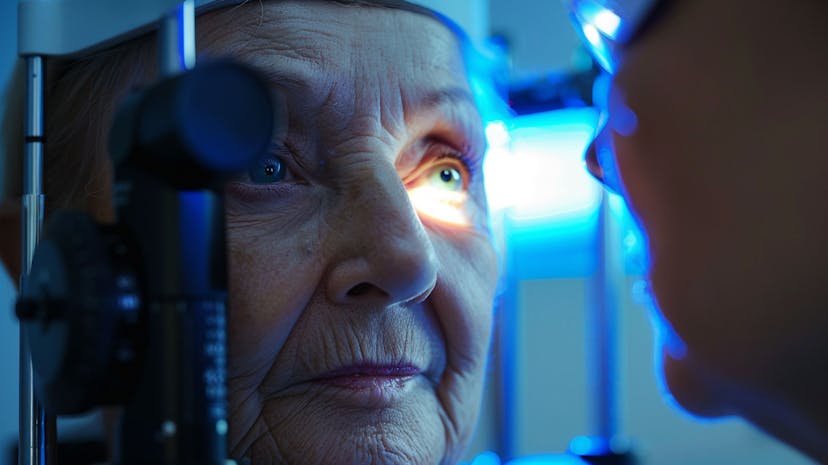
Summary:
Common vision impairments include presbyopia, cataracts, glaucoma, and age-related macular degeneration.
Vision impairment can affect individuals of all ages, but it becomes increasingly prevalent as we grow older. Various factors such as changes in the structure of the eye, underlying health conditions, and environmental factors can contribute to declining vision. While vision changes are a natural part of the ageing process, certain signs and symptoms should not be ignored. It's essential to be proactive in monitoring your vision health, especially as you approach middle age and beyond. Common age-related vision issues include presbyopia, cataracts, glaucoma, and age-related macular degeneration. By understanding the signs and risk factors associated with these conditions, individuals can take proactive steps to preserve their vision and maintain overall eye health.
Vision Impairment Affecting UK Citizens
My-iClinic has produced a comprehensive table outlining the top ten common causes of vision impairment among UK citizens, along with brief summaries of each condition and the possible age at which they may occur.
| Common Causes of Vision Impairment | Summary | Possible Age |
|---|---|---|
| 1. Cataracts | Clouding of the lens of the eye, leading to blurry or dim vision. | Most common in older adults, but can occur at any age. |
| 2. Age-related Macular Degeneration (AMD) | Degeneration of the central part of the retina, affecting central vision. | Most common in people over 50 years old. |
| 3. Glaucoma | Damage to the optic nerve, often caused by increased pressure in the eye, leading to peripheral vision loss. | Most common in people over 40 years old. |
| 4. Diabetic Retinopathy | Damage to the blood vessels in the retina due to diabetes, leading to vision loss. | Most common in people with diabetes, typically after several years of having the condition. |
| 5. Presbyopia | Age-related difficulty in focusing on near objects, resulting in the need for reading glasses or bifocals. | Typically becomes noticeable around age 40 and worsens with age. |
| 6. Retinal Detachment | Separation of the retina from the back of the eye, causing sudden flashes of light, floaters, and loss of vision. | Can occur at any age, but more common in adults over 40. |
| 7. Retinitis Pigmentosa | Inherited condition causing progressive vision loss due to degeneration of the retina. | Symptoms typically appear in childhood or adolescence. |
| 8. Amblyopia (Lazy Eye) | Reduced vision in one eye due to abnormal development during childhood. | Typically develops in early childhood. |
| 9. Corneal Diseases | Conditions affecting the cornea, such as keratoconus or corneal dystrophy, leading to distorted or blurred vision. | Can occur at any age, depending on the specific condition. |
| 10. Refractive Errors | Conditions such as nearsightedness (myopia), farsightedness (hyperopia), and astigmatism, which affect the eye's ability to focus light properly onto the retina, resulting in blurred vision. | Can occur at any age, often noticed during childhood and may change over time. |
Need Help?
Experience personalised care and regain your vision at My-iClinic. If you're experiencing any of the symptoms mentioned above or have concerns about your vision, don't hesitate to contact us for a consultation with our experienced ophthalmologists.
Find out more by Speaking to our team









